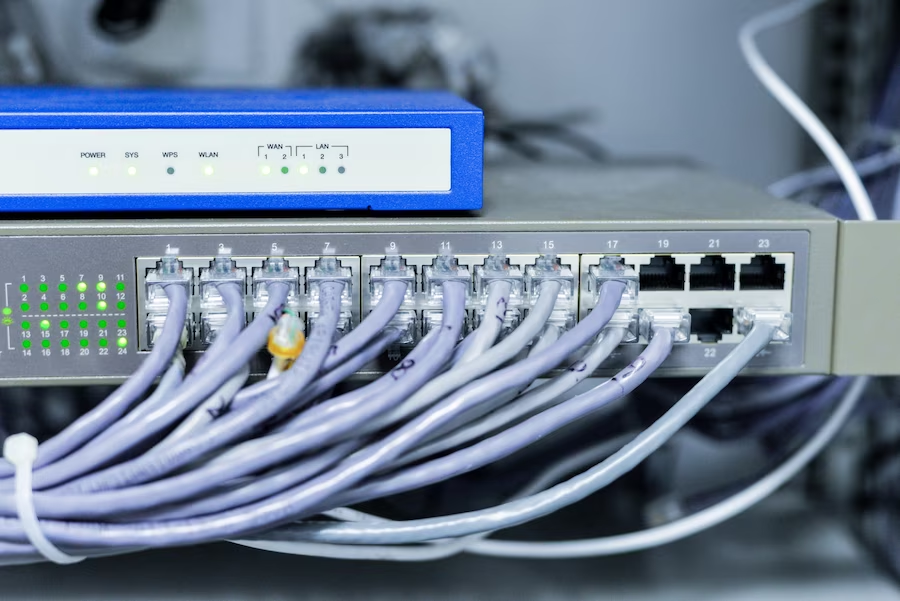Broadband vs. DSL vs. Satellite: Choosing the Right Internet
In today's connected world, choosing the right internet connection can feel like navigating through a maze of cables and tech jargon. Whether it's broadband, DSL, or satellite, each offers unique benefits depending on your location and internet needs.
Understanding Broadband Connectivity
Broadband is a general term for high-speed internet that includes technologies like fiber optics, DSL, and cable. Broadband is designed to deliver fast and reliable internet access, but availability and performance can vary based on location and infrastructure.
Broadband is like the superhighway of internet connections, offering fast download speeds, reliable service, and uninterrupted connectivity. However, the exact experience depends on the type of broadband you have access to—whether it's fiber, cable, or DSL.
Broadband vs. DSL vs. Satellite Internet
The terms broadband, DSL, and satellite internet are often used interchangeably, but they refer to different technologies. Let’s break down the differences:
- DSL: Delivered over telephone lines, DSL offers speeds between 1.5 Mbps and 12 Mbps. It’s slower than other broadband types but is widely available in many areas.
- Satellite: Satellite internet, from providers like HughesNet or Viasat, can reach speeds over 10 Mbps and go up to 100 Mbps. However, it can suffer from latency issues due to the long distance the signal must travel.
- Cable and Fiber: Providers like Spectrum, AT&T, or Centurylink offer cable or fiber connections that can reach speeds of up to 1000 Mbps, making them ideal for high-demand users.
Speed Comparison of Internet Types
Here’s a quick comparison of the typical speeds offered by each type of internet:
| Type | Average Speed | Maximum Speed |
|---|---|---|
| DSL | 1.5 – 12 Mbps | 25 Mbps |
| Satellite | 10 – 50 Mbps | 100 Mbps |
| Cable | 100 – 500 Mbps | 1000 Mbps |
| Fiber | 500 – 1000 Mbps | 1 Gbps+ |
Choosing the Right Internet Type
Choosing the best internet option depends on several factors including speed requirements, location, and budget. Here’s a quick guide:
- For Urban Areas: Fiber and cable are the fastest and most reliable. Providers like CenturyLink and Frontier offer gigabit speeds perfect for streaming, gaming, and remote work.
- For Suburban Areas: DSL and cable are more common in suburban areas. While DSL offers lower speeds, it’s still a solid option for light browsing and email use.
- For Rural Areas: Satellite internet is often the best (or only) option in remote areas. Though it can have latency issues, it provides a reliable connection where other types of broadband may not reach.
Comparing DSL, Cable, and Satellite
When evaluating internet options, it’s important to weigh speed, reliability, and cost:
- Check Availability: Use online tools or provider websites to check what’s available in your ZIP code.
- Compare Speeds: Consider what speed you need based on your usage, such as streaming, gaming, or remote work.
- Cost Considerations: Compare installation fees, monthly costs, and equipment rental charges across providers.
- Customer Reviews: Look at customer feedback to gauge reliability and service quality.
Conclusion
The choice between broadband, DSL, and satellite depends on your location and needs. Fiber optic is the gold standard for speed, but it’s not available everywhere. DSL and cable are more affordable and widely available options, while satellite serves as a reliable alternative in remote areas.
To find the best option for your location, visit KonectEaze to compare internet providers based on your ZIP code. With the right internet connection, you can enjoy seamless browsing, streaming, and gaming no matter where you are.





